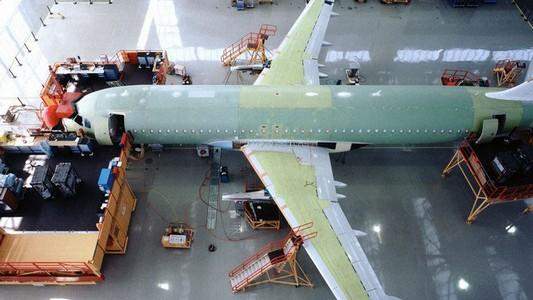In the world of design and construction, two powerful systems have emerged to streamline processes and improve efficiency: Building Information Modeling (BIM) and Product Lifecycle Management (PLM).
While BIM is often considered a subset of PLM systems, it is important to understand the similarities and differences between the two.
BIM, as a subset of PLM, focuses specifically on the management and visualization of building information throughout its lifecycle. It encompasses the creation, modeling, and analysis of digital representations of a building or infrastructure project.
On the other hand, PLM systems are more broad in scope, addressing the entire lifecycle of a product or asset, including design, manufacturing, distribution, and maintenance.
One of the key similarities between BIM and PLM systems is their ability to centralize and manage large amounts of data. Both systems provide a centralized repository for all project-related information, allowing stakeholders to access and collaborate on the most up-to-date data. This ensures that all parties involved have access to the same information, reducing errors and improving coordination.
When it comes to software, there are several well-known brands in both the BIM and PLM space. Autodesk’s Revit is a popular BIM software that allows designers and engineers to create detailed 3D models of buildings and structures. Other notable BIM software includes Bentley’s AECOsim Building Designer and Trimble’s Tekla Structures.
In the PLM realm, Dassault Systèmes‘ 3DExperience is a widely used software that enables organizations to manage the entire lifecycle of a product, from inception to retirement. PTC‘s Windchill and Siemens’ Teamcenter are also prominent PLM software solutions that offer comprehensive product lifecycle management capabilities.
Famous buildings that have been created using BIM and PLM systems include the Burj Khalifa in Dubai, the Shanghai Tower in China, and the One World Trade Center in New York City. These iconic structures were made possible by the advanced modeling, coordination, and data management capabilities of BIM and PLM systems.
The history of BIM systems dates back to the 1970s, with the emergence of early computer-aided design (CAD) technologies. However, it was not until the 1990s that BIM started to gain traction as a distinct concept. The first BIM system, known as “Building Description System” (BDS), was developed by Charles M. Eastman at Carnegie Mellon University in the late 1970s. This system laid the foundation for future BIM technologies and paved the way for the widespread adoption of BIM in the construction industry.
One of the key advantages of BIM and PLM systems is their ability to facilitate collaboration among different stakeholders involved in a project. By providing a centralized platform for sharing and accessing data, these systems enable architects, engineers, contractors, and other professionals to work together seamlessly.
This collaborative approach helps to reduce conflicts, improve communication, and ensure that everyone is working towards a common goal. For example, in the construction of the Burj Khalifa, these systems played a crucial role in coordinating the efforts of the numerous teams involved in the project, resulting in the successful completion of the tallest building in the world.
Another important aspect to consider when comparing BIM and PLM systems is their integration with other software and tools. BIM software, for instance, often integrates with other design and analysis tools, such as structural analysis software or energy simulation programs. This integration allows for a more holistic approach to building design and evaluation. Similarly, PLM systems can integrate with other enterprise systems, such as enterprise resource planning (ERP) or customer relationship management (CRM) software, to provide a comprehensive view of the product lifecycle. This integration ensures that all relevant data is captured and accessible across different departments and functions within an organization.
In recent years, the adoption of BIM and PLM systems has been on the rise, driven by the increasing demand for more efficient and sustainable construction practices. Governments around the world are also recognizing the benefits of these systems and are mandating their use in public infrastructure projects.
For example, the United Kingdom has implemented a BIM mandate requiring the use of BIM Level 2 on all government projects since 2016. This mandate has not only improved collaboration and information sharing but has also resulted in significant cost savings and reduced project delivery times.
Looking to the future, advancements in technology such as artificial intelligence (AI) and machine learning are expected to further enhance the capabilities of BIM and PLM systems. AI-powered algorithms can analyze vast amounts of data to identify patterns, optimize designs, and predict potential issues. This can lead to more efficient and sustainable buildings, as well as improved decision-making throughout the product lifecycle.
Both BIM and PLM systems provide centralized data management, collaboration, and integration capabilities that improve efficiency and productivity. The famous buildings created using these systems stand as a testament to their effectiveness in delivering complex projects. As technology continues to advance, we can expect BIM and PLM systems to play an increasingly vital role in shaping the future of design and construction.




























